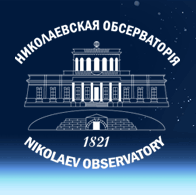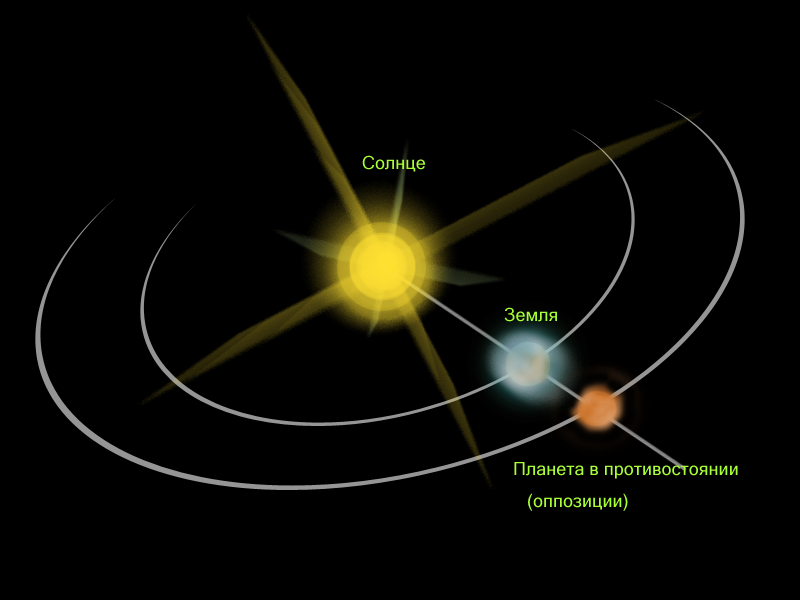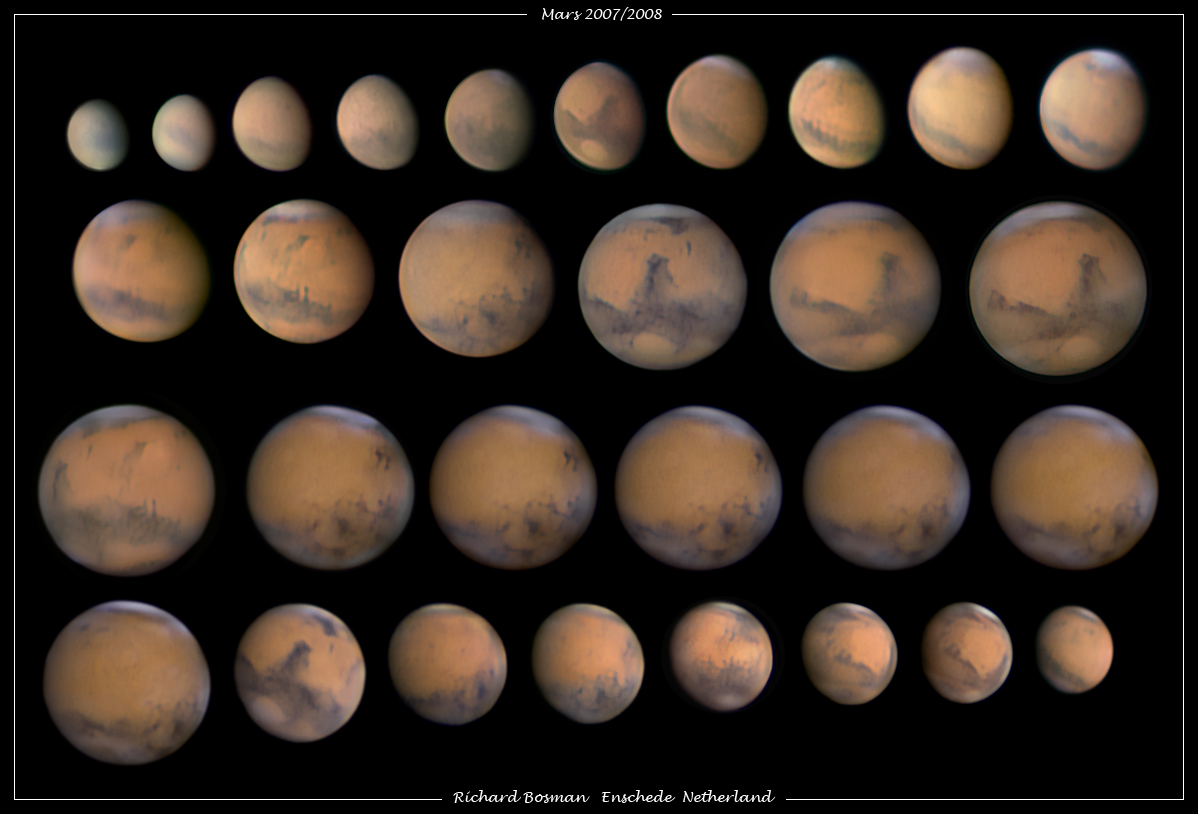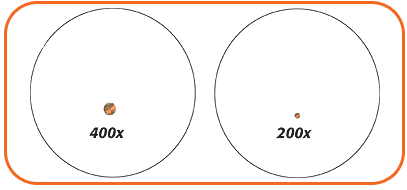| Mars Oppositions | ||||||||||||||||||||||||||||||||||||||||||||
|
2012-07-23 11:36:23
Mars and Earth go around the sun like runners on a track: fast-moving Earth on the inside lane and slower-moving Mars on the outside. Every two years (on the average, every 780 days) Earth laps Mars and the two planets are close together. From Earth, Mars and the sun appear on opposite sides of the sky, hence astronomers say "Mars is at opposition".
On the image you can see the position of the Earth and other planet (eg. Mars) in the opposition. All dimensions are not drawn to scale, white ellipses are the orbits of the planets. Every 15-17 years there are so-called "great opposition", when the planets Earth and Mars are rapidly converging in less than 60 million kilometers. Last time, this opposition was in 2003 when Mars approached the Earth at a record distance of 55.76 million square kilometers, and the next will be in 2018. But even during the "great opposition" the angular size of Mars is generally from 23" to 25", and in 2012, when Mars was in opposition at a distance of about 100 million km, its angular size was about 14". For comparison, the average angular of the Moon is equal to 31' 05 "(due to the ellipticity of the lunar orbit its angular size varies from 29'43" to 33'50") and the average apparent diameter of the Sun is found to be 31'7" (varies from 31'6 "to 32'7"). On the image you can see a comparison of angular diameter of the Sun, Moon and planets. The dimensions are given in arcminute (') and seconds (").
On the table below you can see the copying of oppositions of Mars from 2003 to 2022. More detailed information can be obtained through the Horizons service (http://ssd.jpl.nasa.gov/horizons.cgi).
The image which was made of astrophotography by Richard Bosmanom, it is clearly seen the Mars variation in apparent angular size during 2007-2008.
All photos were taken with the same amplification of the lens of the Telescope, and then placed to one image. Other images, like Mars and other objects you can find on the author's website: http://www.astrofotografie.nl/ To summarize we can say that even during the "great opposition" it is very difficult to observe Mars. Some surface detail you can see only through the telescope with high magnification range.
View of Mars using the amateur telescope during the "great opposition" in 2003: on the left is an instrument with amplification of 400x(field of view of 7'), on the right is the telescope with a field of view of 14'). (The picture belongs to M.E. Prokhorov, Sternberg Astronomical Institute, Moscow) . |
||||||||||||||||||||||||||||||||||||||||||||

Íàóêîâî-äîñë³äíèé ³íñòèòóò
Ìèêîëà¿âñüêà àñòðîíîì³÷íà îáñåðâàòîð³ÿ
̳í³ñòåðñòâî îñâ³òè ³ íàóêè
Ìèêîëà¿âñüêà àñòðîíîì³÷íà îáñåðâàòîð³ÿ
̳í³ñòåðñòâî îñâ³òè ³ íàóêè

 |
 |
 |



